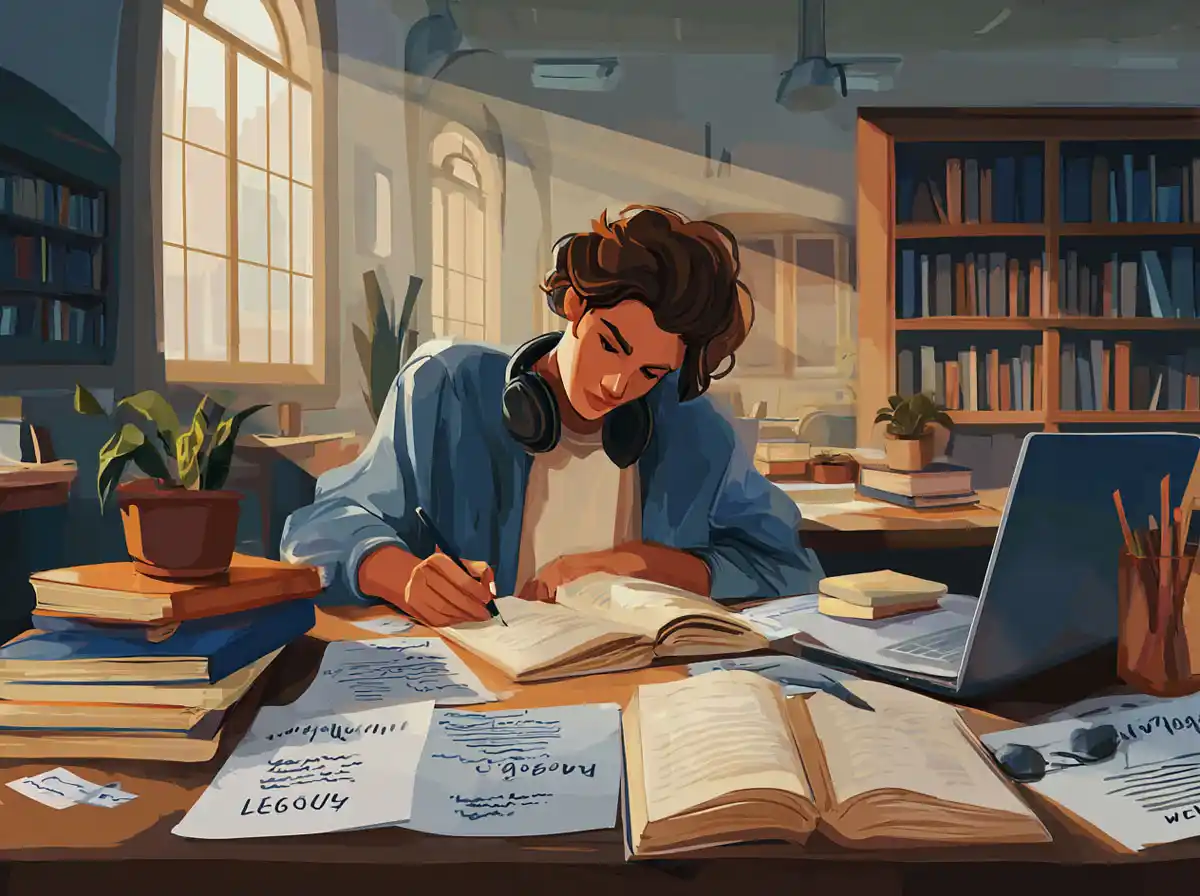Magas means “tall” and is used to describe a person with above-average height.
A testvérem nagyon magas, majdnem két méter.
Alacsony is the word for “short,” used to depict a person who is not very tall.
Az új osztálytársam elég alacsony.
Kövér or túlsúlyos both translate to “fat” or “overweight.”
A háziorvos azt mondta, hogy túlsúlyos vagyok és fogynom kell.
Vékony describes someone who is “thin” or “slim.”
A modell túl vékony volt, szerintem többet kéne ennie.
Izmos means “muscular,” and is often used to describe an athletic build.
Az új edzőnk nagyon izmos, látszik, hogy sokat edz.
Erős translates to “strong,” referring to someone with physical strength.
A bátyám nagyon erős, egyszerűen felemelte a nehéz szekrényt.
Szép is the universal word for “beautiful” or “pretty.”
Az osztálytársnőm nagyon szép, mindig csodálom a ruháit.
Csinos also means “pretty” or “attractive,” with an emphasis on someone’s stylish appearance.
Az anyukám mindig csinosan öltözik az ünnepségekre.
Helyes can be used to say someone is “handsome” or “good-looking,” typically in reference to men.
A nővérem barátja nagyon helyes, ráadásul kedves is.
Rövid means “short” when referring to the length of hair or objects.
Új frizurám van, mostantól rövid hajam lesz egy ideig.
Hosszú translates as “long” and is used to describe long hair or objects with length.
Szeretem a hosszú hajat, de nehéz gondozni.
Göndör is the term for “curly” hair.
A kislányomnak szép göndör haja van, pont mint az apjának.
Egyenes means “straight,” usually referring to straight hair.
Sokat kellene vasalnom a hajam, hogy egészen egyenes legyen.
Szakállas signifies a “bearded” individual.
A bácsi a sarki boltban mindig szakállas, ősszel még hosszabb is szokott lenni.
Bajuszos describes someone with a “mustache.”
Az én férjem bajuszos, nekem nagyon tetszik.
Fiatal translates to “young.”
A szomszéd fiú még nagyon fiatal, de már magasabb nálam.
Öreg or idős both refer to someone who is “old” or “elderly.”
Az idős hölgy a parkban mindig kedvesen köszön nekem.
Barna means “brown,” often used to describe the color of hair or eyes.
Édesanyám barna hajú, én viszont szőke vagyok.
Kék is the word for the color “blue,” like blue eyes.
A legjobb barátomnak gyönyörű kék szemei vannak.
Zöld means “green,” referring to the color green, such as someone’s eyes.
A húgom zöld szemű, és mindenki azt mondja, hogy nagyon szép.
Szőke describes “blonde” hair.
A kislány szőke volt, mint egy dán hercegnő.
Fekete translates to “black,” used for hair or other dark-colored features.
Az apukám fekete hajú, én is tőle örököltem.
By familiarising yourself with these Hungarian words for physical descriptions, you will be better equipped to communicate your observations and enhance your ability to describe people’s appearances accurately. Remember to listen to native speakers and practice using these words in context to improve your fluency in Hungarian.










